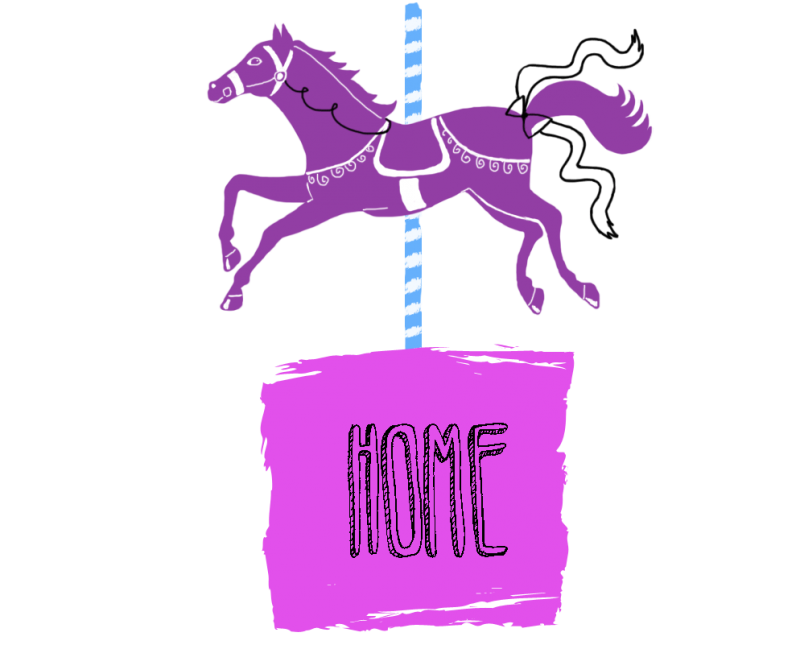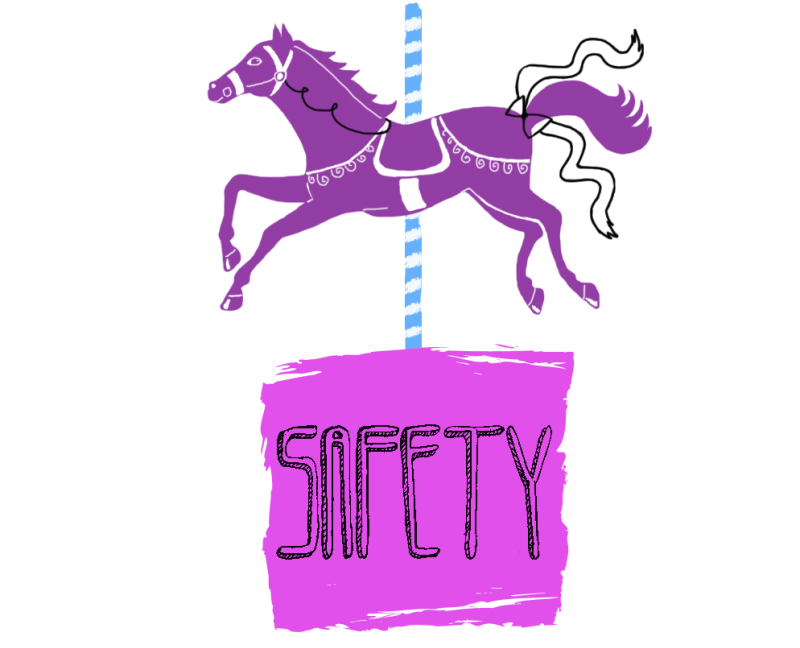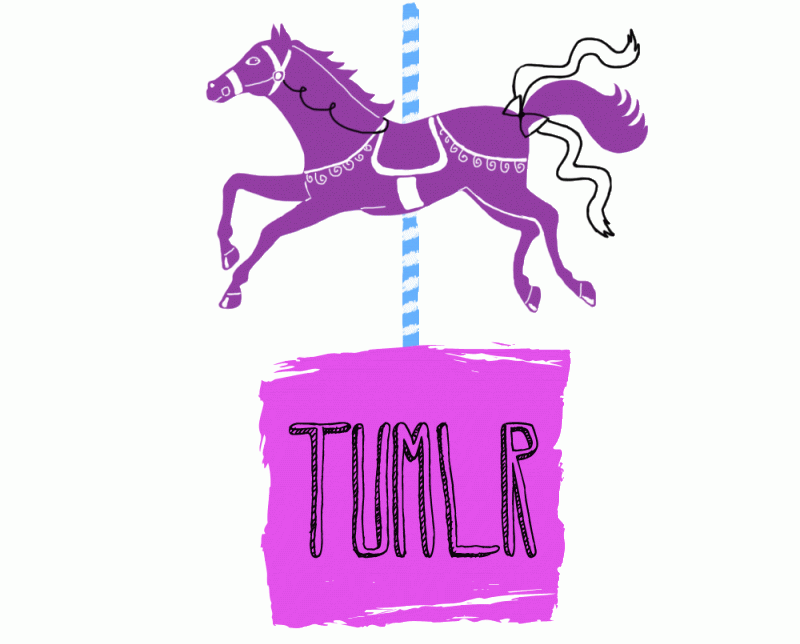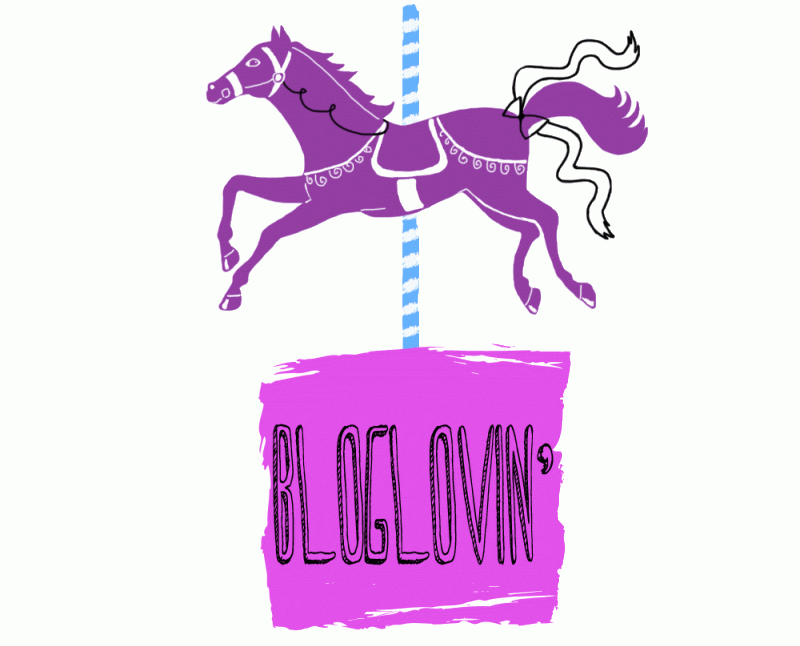This year I wanted to take my current set of skills and boldly go where I never had before. Expanding my horizon for hooping meant investigating the lyra. Naturally I assumed if I liked that hoop on the ground then it should be even better in the air.

I set out to find an instructor and settled on a gym for my first class. They offered lots of classes in aerial arts and I was faced with a choice between lyra or aerial silks. As it turned out I wanted to start right away and silks was the only class with room for me to enroll. I initially planned to try both disciplines but as it became woefully self-evident that I had a lot of work to do on silks I was more intimidated by the idea of trying the aerial hoop. I saw silks as a series of knots and slings that helped me stay in the air and the lyra as a cold steal hoop that would require me to do more artistic versions of pull ups the whole time.
That is when I started scouring the internet for comparisons of the two art forms. Unfortunately, while many people do practice both skills I could find surprisingly little written about it for the inquisitive. Finally, I just decided to screw my courage to the sticking place and try a lyra class and write a blog for those who might be curious about either disciplineI am now about 4 months into my aerial silks study and 2 months on the lyra and let me say I am so glad I chose to try both. They are a vastly rewarding and beautiful art forms but aside from being in the air they have very little in common. If you are considering trying to decide between starting on either of these apparatuses I hope this will be a helpful post.

I set out to find an instructor and settled on a gym for my first class. They offered lots of classes in aerial arts and I was faced with a choice between lyra or aerial silks. As it turned out I wanted to start right away and silks was the only class with room for me to enroll. I initially planned to try both disciplines but as it became woefully self-evident that I had a lot of work to do on silks I was more intimidated by the idea of trying the aerial hoop. I saw silks as a series of knots and slings that helped me stay in the air and the lyra as a cold steal hoop that would require me to do more artistic versions of pull ups the whole time.
That is when I started scouring the internet for comparisons of the two art forms. Unfortunately, while many people do practice both skills I could find surprisingly little written about it for the inquisitive. Finally, I just decided to screw my courage to the sticking place and try a lyra class and write a blog for those who might be curious about either disciplineI am now about 4 months into my aerial silks study and 2 months on the lyra and let me say I am so glad I chose to try both. They are a vastly rewarding and beautiful art forms but aside from being in the air they have very little in common. If you are considering trying to decide between starting on either of these apparatuses I hope this will be a helpful post.
One thing I hear over and over about the lyra is that people feel like it is easier than silks. This is true to the extent that if you have the basic core strength to support yourself learning the pathways to tricks is much easier on lyra. Fundamentally it is just a large steal ring and as long as you can hang on all the tricks are just different orientations of the body in relation to the hoop. Silks tricks are often a long series of precise wraps that can be difficult to remember when you are beginning. Forgetting something as simple as putting the silk under an arm can leave you a tangled aerial marionette.
Where I disagree with the opinion of the lyra being easier is if you have not built up your core strength yet. I am not talking about being able to do a billion reps of pull ups but if you cannot support your body weight in a hanging position then it is going to be difficult to even get into the hoop. In the beginning aerial silks will give you a slight advantaged because you can essentially tie into the silks from ground level and start working on trick pathways. In my opinion you will probably feel like you have accomplished showier tricks in the first few weeks of silks as you are working on your core strength. I started aerial hoop after several months of silks so I spent most of my time developing pathways to tricks but I see many beginners struggle to get into a seated position. There are some things you can do to squirm your way into hoop but your progress on lyra is going to be mostly conditioning until you have the ability to maintain your body weight in the air.
Since there is not much to the lyra aside from you and the hoop it is usually considered more dangerous than silks. Let me very clear here when I say “more dangerous”. Both disciplines are inherently dangerous and should be treated with respect and caution but lyra does not have any supporting fabric that can be used to create locks. Now locks can fail and you can perform a wrap improperly with silks but the support provided is far more than in a lyra where you either have some kind of grip on the hoop or you do not and pure balance is the key for a number of tricks. There is definitely instruction that goes into learning where the sweet spot of a trick is but if you screw up then there are a lot fewer opportunities to stop yourself from taking a tumble.
That brings us to probably the biggest difference between the two disciplines and that is the pain factor. Both silks and lyra will tweak, pinch and squeeze you in uncomfortable places but I never bruised myself on silks as frequently as I do on lyra. The first weeks on lyra left the backs of my knees a mess of unattractive colors ranging from yellow to deep purple. As my skills have progressed and I found that the bruising can be less but it never seems to completely go away. It is safe to assume that while you may acclimate and find better ways to approach the hoop it will not change the fact that you are resting all of weight on a 1 inch diameter steal hoop. Any place where you are supporting yourself is going to be subject to bruising and is going to be a bit uncomfortable. You will just have to keep in mind the old adage…
Please keep in mind both lyra and aerial silks require vast amounts of skill, flexibility and strength at the higher levels of performance. This comparison is meant for those interested in what these disciplines might be like for someone starting at a beginner level. Hopefully, this will encourage you to expand your own horizons. If you have any additional questions about either apparatus I would be happy to answer them or feel free to leave your own opinion on why you chose lyra, silks or both.












